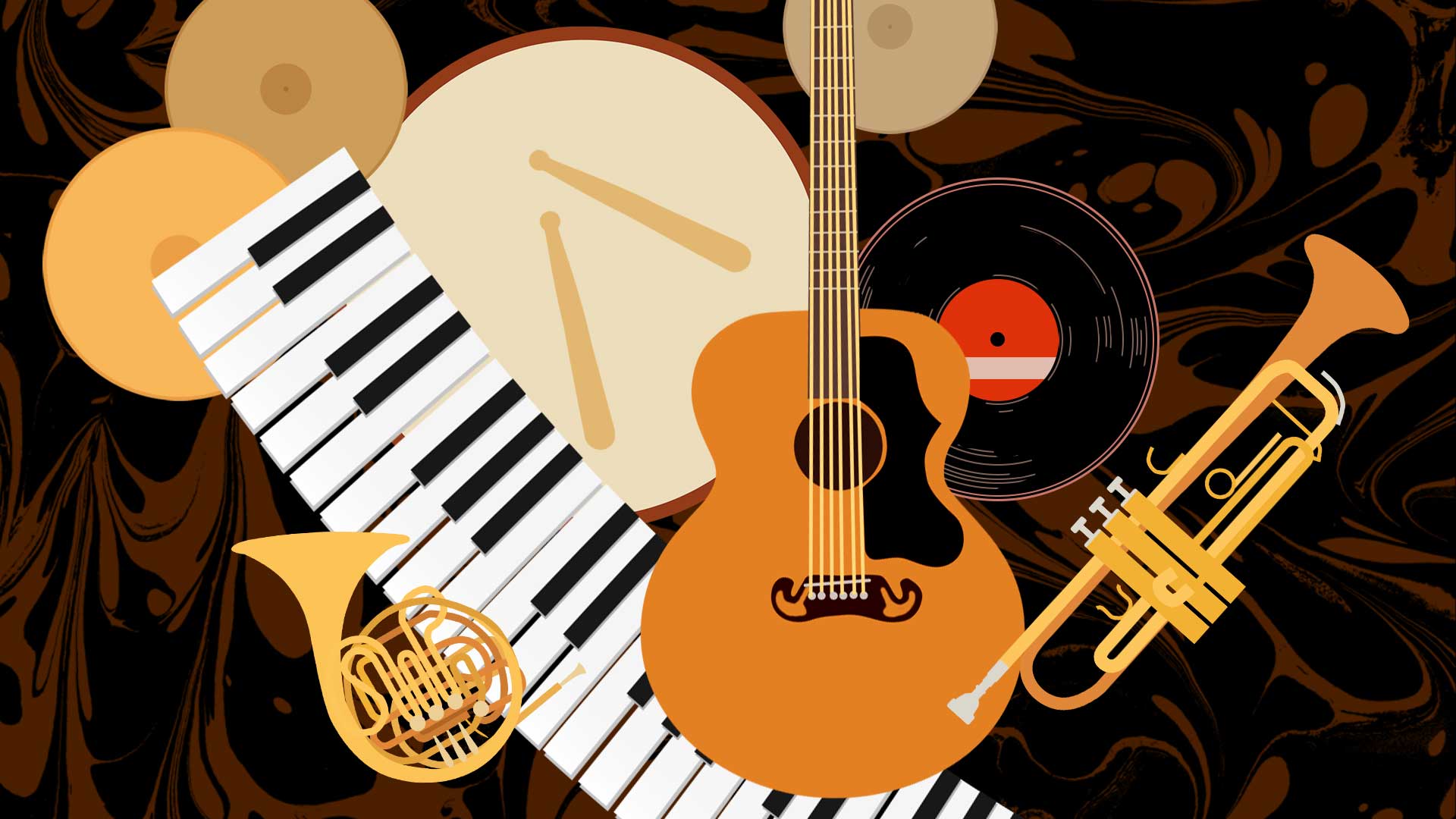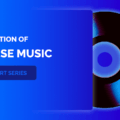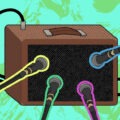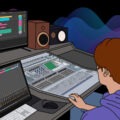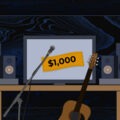So you’re back for more jazz? In part one of our series, we explored the history of jazz and the context in which the music evolved with drummer Valérie Lacombe and guitarist Sam Kirmayer, two mainstays of the Montreal jazz scene. We left off with the question: where do you actually turn to enjoy the music? The answer is: start where you are. Jazz is so huge, which is part of the problem, but it means that there is something for everyone. Let’s get jazzy with it!
The hip-hop door
Hip-hop (who just turned 50!) was born from jazz. A lot of hip-hop artists are also jazz adjacent, such as MF Doom, Anderson Paak, The Roots, Common and many more. In the 90s, a lot of hip-hop used samples from jazz records, and it is an enduring practice even to this day. As an example, Nas’ The World is Yours samples Ahmad Jamal’s I Love Music. If you like a sample or a riff, check it out, or look up your favorite beats!
Double tap that
In this day and age, social media does a lot for jazz. Before she won a Grammy, Samara Joy made a name for herself on TikTok. She got a fanbase out of people who were not jazz listeners, but stumbled on her videos during the pandemic and went out to her concerts once she was able to perform again. Go ahead and put your scrolling skills to use! Look at the comments under the artists and performances you like to find out more about their influences. You can also follow your favourite contemporary musicians’ social media accounts to stay up to date on their projects and show dates.
The album experience
“With the culture of streaming, everything is just coming to you, recommended for you. It’s very passive,” observes Valérie Lacombe. That ethos is, in her opinion, contrary to the spirit of jazz. “As a listener, you have to be engaged, it’s participatory,” she says. In jazz, the experience of listening to a full album is almost mandatory for appreciation when you are getting to know an artist. In their careers and recordings, musicians venture into different styles and collaborations more often than we can keep track. To enjoy the physical aspect of putting a record on, particularly prized by jazz fans, you can visit your local library and take out albums for free.
“If someone came to you after a show and was like, what was the album that got you into jazz, what would you say?” asks Valérie to her musical partner and husband, Sam Kirmayer. “I had a Coltrane compilation of playing sidemen stuff and there was “Airegin” and “Mating call” in there,” says Sam Kirmayer. You can look up the other musicians playing on songs and look into their stuff as well.
Dust off that radio
Algorithmically curated playlists can be a hit or miss, but you can go back to the original jazz promoter: the radio. On Radio-Canada ICI Musique, journalist and jazz aficionado Stanley Péan hosts Quand le jazz est là, a daily 2-hour jazz rendez-vous at 10 pm Monday to Thursday. Saturday Night Jazz is also presented weekly on CBC, hosted by musician Laila Biali. You can also enjoy NPR’s Jazz Night in America, also presented on Youtube, which features a variety of concerts by well-known and emerging artists alike.
Going out music
There are only two jazz clubs left in Montreal, Upstairs and Dièse Onze, where you can enjoy jazz performances almost daily. However, jazz artists remain very active, performing at various venues and events: just follow them on social media to know about their local shows. There are also a multitude of local jazz festivals and events around the country (and the world) for you to enjoy.
People who love jazz music love to talk about it and will happily chat with you. “A lot of people who are part of the scene are not musicians. It’s very open, if you want to be a part of it, you can,” she continues. If you like what you heard, she suggests talking to the musicians after the show to ask them what they listen to these days or what album first got them into jazz! Also, during shows, musicians tend to introduce songs and who composed them. Take notes!
Another crucial aspect of jazz is that it is live music. It’s a creative dialogue between musicians and music based on improvisation. Even if you go see the same show twice, you will never hear the same thing. This applies to recording as well: in studio, jazz is typically recorded as a live performance. That is also why so many jazz albums are live recordings of concerts. It’s an art!
“If you’re curious, just go,” says Valérie. As intimidating as it can be, the jazz scene is very welcoming and, based on camaraderie. The vibe in there is definitely relaxed and fun. See you there!
To learn more about the history of jazz, be sure to check out part one of our series So You Want To Jazz Up Your Life: Exploring the Roots.
Written by Christelle Saint-Julien
Illustration by Yihong Guo
